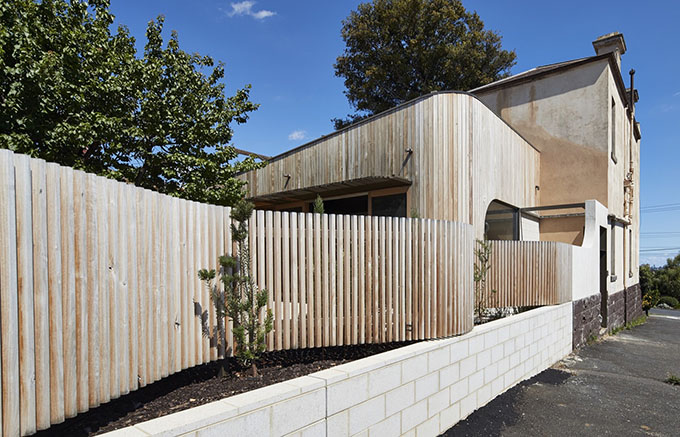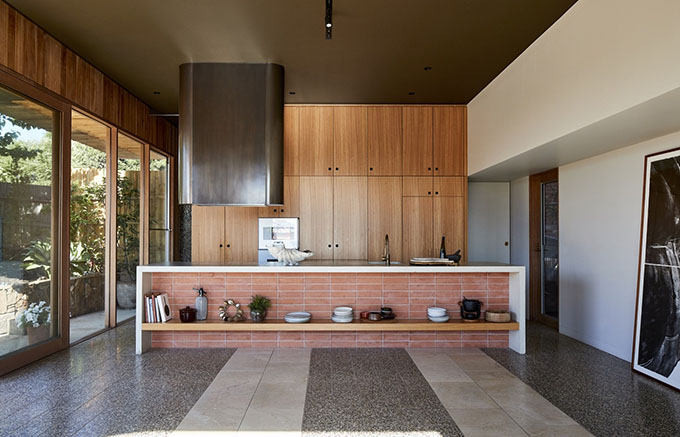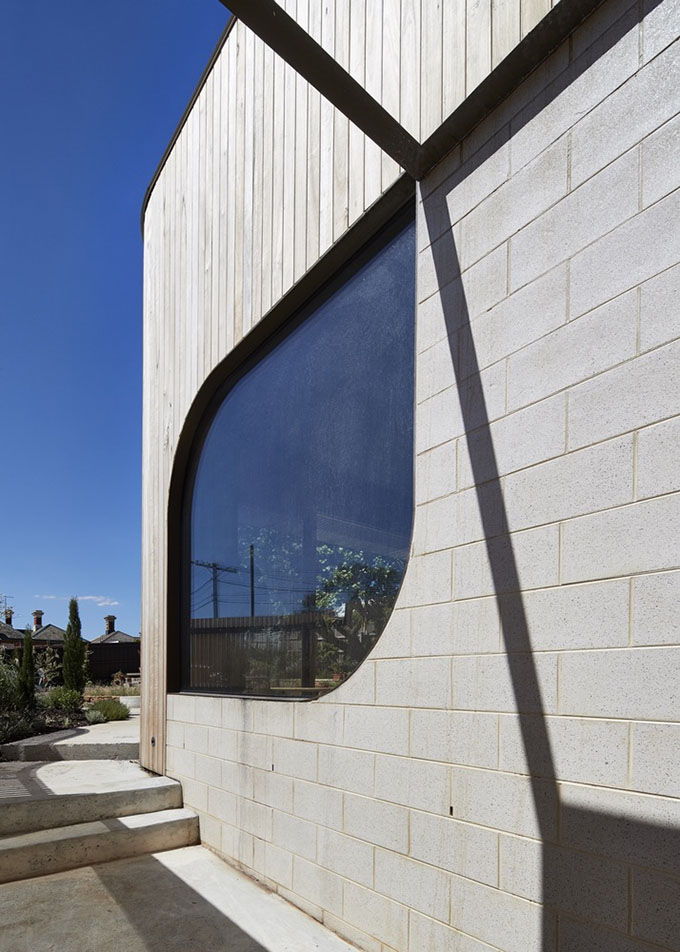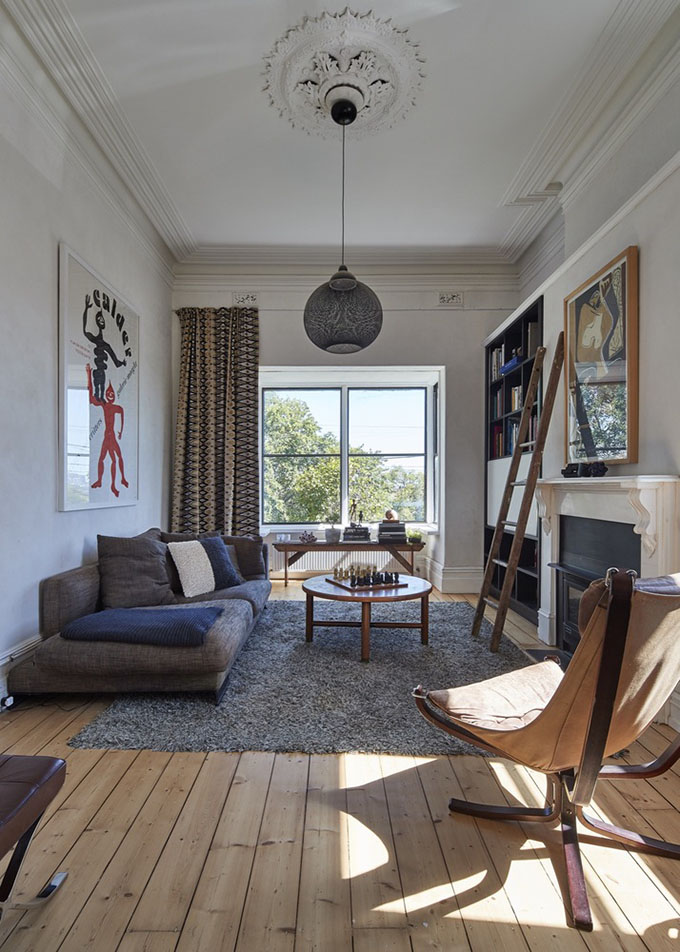
Remodeling your home can be one of the most exciting and one of the most difficult things you do. We dream of these picture perfect outcomes for our home, where you had a couple of hard days of work, but you finished on time and on budget.
Unfortunately, this dream is rarely the case. A home remodel usually consists of sweat, tears, and multiple replanning of deadlines and budgets.
Read more after the jump:

Although there will always be some hiccups during a renovation, there are ways to make the whole thing a lot smoother for you and for your contractors! Here are some tips and tricks to help you remodel like a well-seasoned renovator:
Plan Ahead
Planning ahead cannot be emphasized enough. We know that it’s so exciting to renovate your home, but don’t let that excitement get in the way of the important planning that needs to come first. Many people go into renovating with a general idea of what they want and plan to figure out the details along the way. Take your time, and don’t rush into things. Have you chosen what size furniture you want in your new space? Have you scheduled cleanup and a trash removal services? Will you be able to live in your house during the whole process? These would all be things you would need to account for before you start remodeling.
As a starter, some basic things to plan would be:
? What you want the final outcome to look like
? How much are you able to afford
? What materials you need to buy
? What services you need to hire
Remember to talk to your contractor ahead of time to make sure all details are squared away. And make sure you have all the permits and manpower needed. This important first step will save you tons of time and money in the end.
Solidify Your Budget
When planning your budget, there are a couple of things you would want to take into consideration:
First, calculate everything that will be needed. That includes things like paint brushes when you paint, plastic coverings for furniture and valuables, money for a hotel if your family needs to be out of the house during a portion of the renovation, etc.
Next, calculate and establish your budget, and add 10 percent. There will almost always be unexpected things that come up in a remodel. Having extra wiggle room to account for that can save you a lot of grief and keep you from being stressed out after going over budget.
Lastly, when planning where you are going to spend and where you are going to save, stray away from the temptation to buy cheap materials. Just like with anything else, a cheap price means a cheap quality, and probably problems in the future. Remodeling is investing in your home, and cheap isn’t the way to go when you do that. Spending a little extra could turn into huge returns later in life. Many expert home renovators say that if you don’t have the budget to do your remodel with decent materials, then wait until you do have that budget.

Create a Schedule
It’s always a good idea to give yourself deadlines. It keeps you on track, keeps you accountable, and can help you save money. However, there are a few caveats to having a schedule for a remodel. Here are some things to remember:
Be Flexible
Don’t box yourself in so tightly that if one thing goes wrong, everything else you have planned will fall apart. Have your schedule be something that is fluid, where things can move around easily and without delay. That way you can still keep on track, but you have room for errors.
Expect Delays
Delays are just a part of home remodeling, so it’s smart to plan in some extra time during the whole process. So don’t make plans that rely on the end date of your renovation. A way to diminish this impact is to make sure you are communicating thoroughly and openly with contractors and any workers throughout your renovation. This way, you are able to anticipate delays more accurately. Obviously, there are some delays that no one can plan for or anticipate. But following this article’s tips will help diminish the possibility of some more common and predictable delays.

Prep Your Home
In order to change your home, you need to prepare it. Not only do you need to prep the areas that are undergoing change, but also the areas that will remain, hopefully, untouched.
In addition to moving furniture from the area you will be remodeling, it’s a good idea to cover furniture anywhere near where contractors and workers would be. If there’s a hall or a path they use to get to a room in your house, make sure things are covered and protected from materials they would bring through. Pack away any valuables to keep things from being broken or damaged.
Prepping your home involves a lot more than just packing away furniture, though. As your home is being worked on, you will most likely still be living in your home. And living without some essential rooms can be quite a challenge — especially if you haven’t planned for it beforehand. Make sure you have access to the things you need before renovation starts. For example, when remodeling your kitchen, set up a temporary makeshift kitchen in another room with basic things like a microwave and a fridge so that you can still cook light meals when you’re home.
Schedule Cleanup
At the end of a remodel, the last thing you feel like doing is cleaning up the mess left behind. You’re so exhausted and worn down that it’s easy to put off cleaning. To battle this common feeling, schedule a cleanup crew to come take care of the mess. They’ll get the job done quickly, and it will help you feel relaxed at the end of your project.
Another thing to keep in mind is to clean up at the end of each day to keep the mess to a minimal. It’s tempting to just want to go to bed after the end of a long day, but taking some time to tidy up and put materials away helps you to stay organized, prevent losing tools, and helps your sanity during the day-to-day remodel.
No matter the size of the project, following these tips will not only help you, but will help your family and your construction crew have a relatively stress-free, smooth-sailing renovation.
Images by Peter Bennetts – Bustle House by FMD Architects



